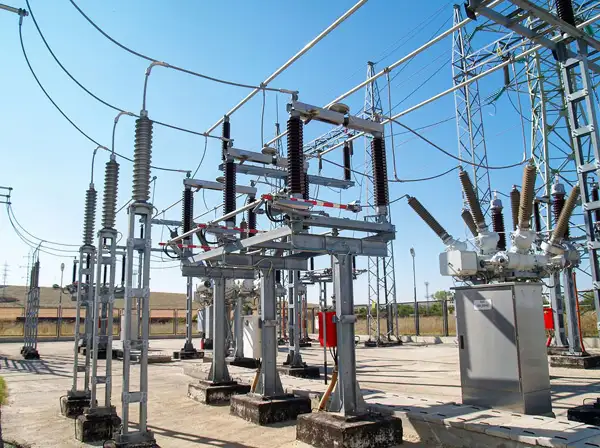6 Basic Rules to Ensure Substation Safety
By EEP

Substation Maintenance Training
Our customized live online or in‑person group training can be delivered to your staff at your location.

- Live Online
- 12 hours Instructor-led
- Group Training Available
Download Our OSHA 4474 Fact Sheet – Establishing Boundaries Around Arc Flash Hazards

- Understand the difference between arc flash and electric shock boundaries
- Learn who may cross each boundary and under what conditions
- Apply voltage-based rules for safer approach distances
6 Basic Rules to Ensure Substation Safety: adhere to lockout/tagout, grounding, PPE, arc-flash boundaries, clearance procedures, and equipment interlocks for switchgear. Ensure OSHA compliance, risk assessments, and preventive maintenance to mitigate electrical hazards.
What Are 6 Basic Rules to Ensure Substation Safety?
They include LOTO, grounding, PPE, arc-flash limits, safe clearances, and interlocks to control electrical risk.
✅ Apply LOTO, verify de-energization, and test before touch
✅ Establish equipotential grounding and bonding conductors
✅ Define arc-flash boundaries; wear rated PPE and face shields
Rule No. 1, CLEARANCE;
Enough clearance from energized parts should be provided to avoid accidental contact with them. If that can’t be met, live parts should be guarded or enclosed.
Rule No. 2, MINIMUM HEIGHT;
A minimum height from the ground to any ungrounded part of an electrical installation should be 8’-6”, so a person staying on the ground can’t touch a substation element or its part which may become energized accidentally. For example, the bottom of a post insulator supporting an energized bus does not normally have any potential. These clearance and height provisions are foundational design criteria addressed in the electrical substation design process to reduce personnel exposure.
For readers new to these facilities, a concise overview of an electrical substation and its functions helps explain why such physical clearances and working spaces matter.
Rule No. 3, ILLUMINATION;
There should be sufficient illumination for personnel to clearly see their surroundings and perform any work safely. Required illumination levels are specified in NESC® [1]. Adequate lighting also supports inspection of critical electrical substation components during routine and emergency work.
Rule No. 4, PASSAGEWAYS;
All passageways and stairs should be wide enough for personnel to navigate them safely, adequate railing should be provided, and floor openings should have guard rails. These provisions align with recognized substation accessibility best practices that facilitate safe movement for workers and responders.
Electricity Today T&D Magazine Subscribe for FREE

- Timely insights from industry experts
- Practical solutions T&D engineers
- Free access to every issue
Rule No. 5, EVACUATION ROUTES;
Exits should be clearly marked and evacuation routes should be free from obstructions. Depending on the function of the building (for example, control house), it may require several exits to avoid personnel being trapped during equipment fault, fire, etc. Rapid fault clearing through coordinated substation protection schemes reduces fire and arc-flash hazards along egress paths.
Effective isolation using safe circuit breakers further limits incident energy, supporting orderly evacuation and post-event assessment.
Rule No. 6, GROUNDING;
All substation metallic structures, fences, and equipment tanks should be connected to a station ground grid which should be designed to ensure that step and touch potential values are lower than the ones stipulated in the applicable standards. Detailed guidance on designing and testing the substation grounding system helps ensure touch and step voltages remain within acceptable limits.




